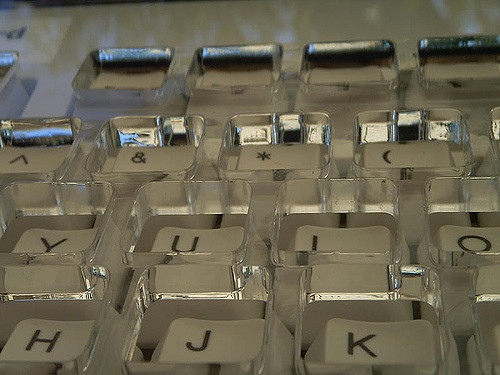In disability studies, “cripping” is both an embraced and contested practice that describes the processes involved in resisting “compulsory able-bodiness” (McRuer 2006). To “crip” a concept or space involves a decentering of the able bodymind (Price 2011), the normative structures of time (Kafer 2013), and as we would like writers to explore, the normative experiences and uses of technology. We’re excited to host a blog carnival that seeks posts that participate in–or critique–a cripping of digital rhetoric and technology.

Posts for this carnival can explore a wide variety of topics related to cripping digital rhetoric and writing. For scholars concerned with teaching multimodal writing, cripping brings tough but necessary questions to the focus on engaging the senses for both the writer and the audience. How can student writers–both disabled and not–create and write accessible multimodal projects? Writers invested in exploring the histories of digital technologies could trace how disability prompts technological evolution; for example, haptic writing technologies have a deep connection to writing technologies for people who are blind or have low vision. Scholars who question how technology mediates and policies the body could explore from an intersectional perspective how race, gender, sexuality, and disability all work together to put certain bodies at risk more than others for state violence.
Some topics we hope writers will explore in this blog carnival include (but are certainly not limited to):
-
Accessibility concerns for teaching multimodal writing
-
Disability and digital rhetoric (e.g., reproducing ableism in the digital realm, how disabled communities use digital rhetoric)
-
How sensory experiences associated with disability affect technologies and/or are mediated through technologies
-
Intersectional approaches to understanding disability and technology that address race, class, sexuality, and/or gender
-
Cripping theories of networks, space, and time
-
Historical explorations of the development of writing technologies through a disability lens
-
Teaching about disability using technology, or vice versa
-
Digital writing practices used by or created for disabled people (e.g., closed captioning)
-
Descriptions or reviews of digital tools–either designed for or cripped by disabled people–that aid in writing
Interested in contributing to this blog carnival? Please send a short (100 word or less) proposal for your post to drcfellows@umich.edu. We will begin publishing posts in May, so please send your proposal no later than April 31st, 2016 by May 20th. Full blog posts will be due approximately two weeks after your 100 word proposal is accepted.
For more information, please contact: the Sweetland DRC fellows (drcfellows@umich.edu).
